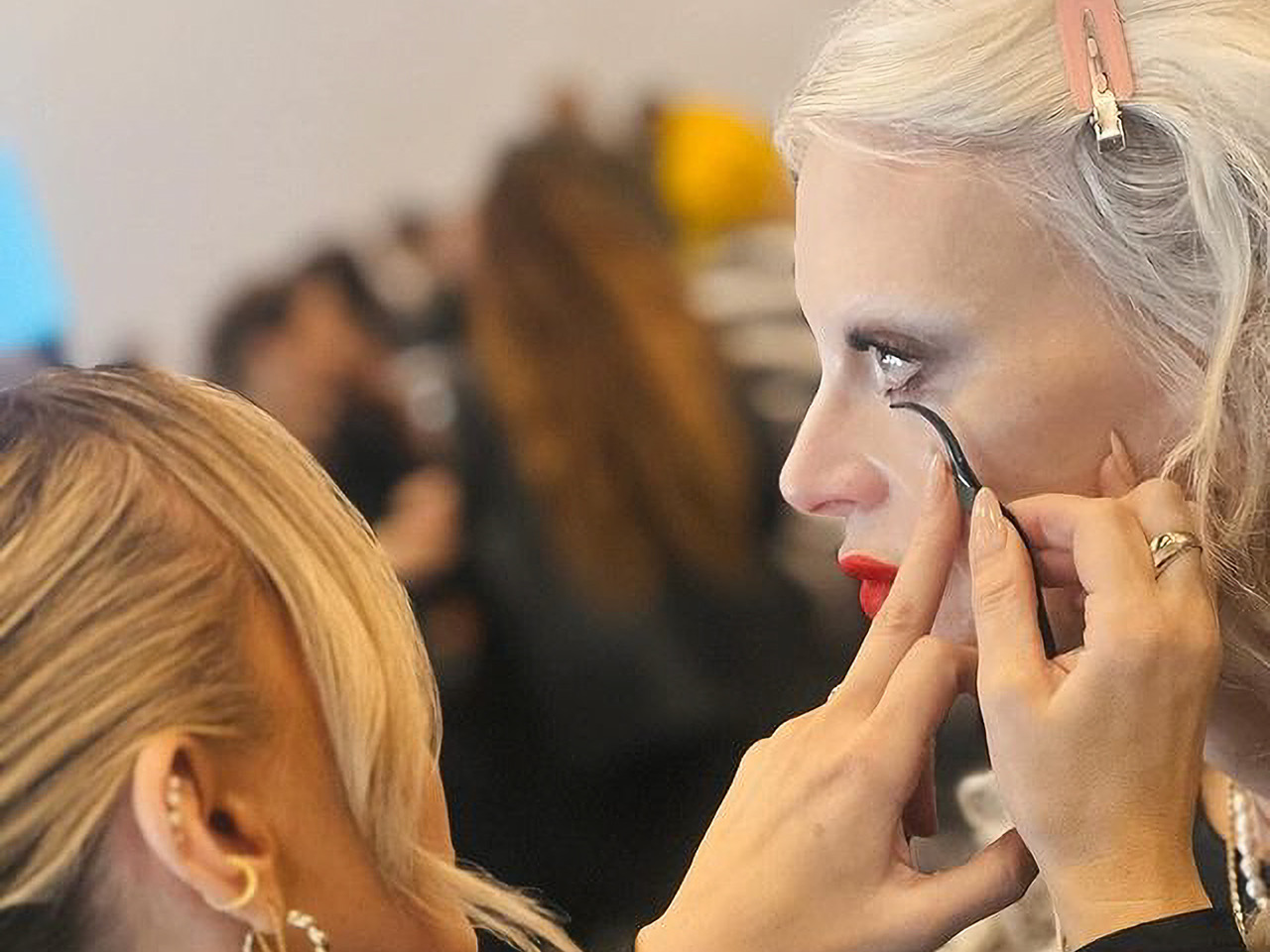The retail segment will be forever changed before the year is out, experts predict. Corporate consolidations, bankruptcies and closures seem to be more commonplace than GWPs, from offline to online, from luxury to low-brow as retailers cope with clicks threatening cash registers.
Over the last few months, Macy’s put 100 stores on the chopping block, Amazon cut its Quidsi unit, Hudson’s Bay pursued a rumored takeover of Neiman Marcus, Bebe pulled the plug on 170 stores, Rite Aid readied to unite with Walgreens, The Limited’s 250 stores ceased, and 150 Sears and Kmart stores got axed, to name a few of the recent retail shuffles. Some 2,880 stores have already closed this year, up from 1,153 last year at this time, according to a Credit Suisse estimate, and store closings are on pace to reach 8,640 this year, an all-time high.
The retailers escaping the wreckage have to be more nimble and technologically adept to stay afloat – and the beauty brands they carry have to adjust to the harsh realities of modern retailing. “There are a lot of stressors for brands,” said Brian Owens, a Director at Kantar Retail. “They have to engage with retailers that have 70 percent to 80 percent of their sales coming from brick and mortar, but they still want to be savvy, strategic and omnichannel. To be profitable in the new retail world, make sure your brand is omnichannel and flexible.”
In the new retail world, Brian posits overextended brands could be especially hard hit. “You might not want to play everywhere. You might want to focus on where you get the biggest bang for your buck,” he said. “The world we are moving to is forcing brands to prioritize in terms of the channels and retailers they play with. You want your message to play in specific areas where you can win. Protecting the equity and integrity of your brand is really important.”
Cassy Burnside, founder and CEO of FATCO, has been thinking hard about the positioning of her natural skin care brand and the retailers that suit it, especially in light of Walmart’s acquisition of Jet.com last year. FATCO’s products are available at Jet.com and not at Walmart, a chain Cassy doesn’t consider a fit for the brand. FATCO’s assortment spans 34 stockkeeping units priced primarily from $10 to $25, and its bestselling product is the $12 Women’s Stank Stop Deodorant.
“I made a decision early on that we want to stay in markets and channels where the customer is going to understand us,” she said. “I don’t really know that the Walmart customer would understand the products we are selling and how we are differentiated. The Walmart customer is looking for a $4 deodorant, not a $12 deodorant.”
The dynamics of every retail acquisition, of course, are unique. David Wendland, Vice President of Strategic Relations at the Hamacher Resource Group. Inc., points out mergers don’t have to be awkward or damaging to brands stocked by one or both of the companies before merging. He suggests they could yield expanded marketing opportunities, requests for product innovation and ideation, and broadened customer reach.
“Visit the stores and understand how they are approaching the category. Ensure that you are first a student of their operation before visiting them. After that homework is done, visit them as soon as possible and share your value proposition,” David suggested to affected brands. “And, importantly, you may need to exercise flexibility [on] packaging, pricing and promotion in order to fit their requirements and gain their attention.”
The history of retail acquisitions doesn’t bode well for many of the acquired companies or, by proxy, the brands sold at the acquired retailers. Amazon’s Quidsi is a recent example of a purchased company that got tossed. Last year Walgreens booted Beauty.com and Drugstore.com after acquiring the websites in 2011, and Target quietly shelved Chef’s Catalog and Cooking.com after performance of the kitchen product specialists didn’t meet expectations.
Brian, however, doesn’t see the current spate of acquired companies, notably Jet.com and Rite Aid, suffering the same fate as their defunct predecessors. “You are seeing people leave things alone,” he said. “I don’t expect Rite Aid to go away overnight. They [Walgreens] are trying to retain shoppers.” Speaking about Walmart, he added, “I don’t think they will get rid of Jet.com. Walmart bought it for the data and the people. They want to incorporate its methodology into the business. I expect the technology and the leadership that made Jet.com what it is will become more a part of the Walmart DNA.”
The good news for beauty brands as they enter uncertain retail territory is that beauty remains a desirable category at stores. “It’s about building profits. At a drugstore, if they are losing traffic, beauty can be a good strategic investment – and that’s really why they are investing in beauty. The economics of the store is driving category prioritization with health and beauty being strategic priorities,” said Brian. “Beauty is less about price, and it more of an emotional purchase. It allows you to have an emotional conversation with a shopper that’s not about price first.”



